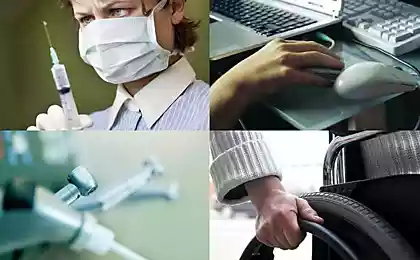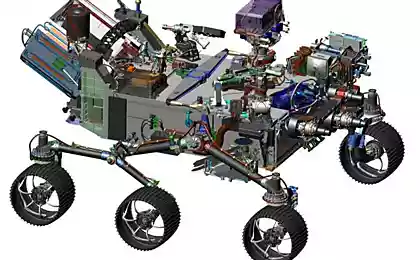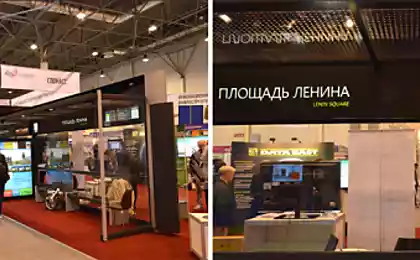1374
Technological development forecast up to 2020
Based on an analysis of published reports on the conduct of research and development work on the basis of systematic analysis of patent and licensing situation and trends of its development and the prerequisites for a fundamental change and local, -
Selected four groups of core technologies that will define the nature and the development of mankind in the 21st century:
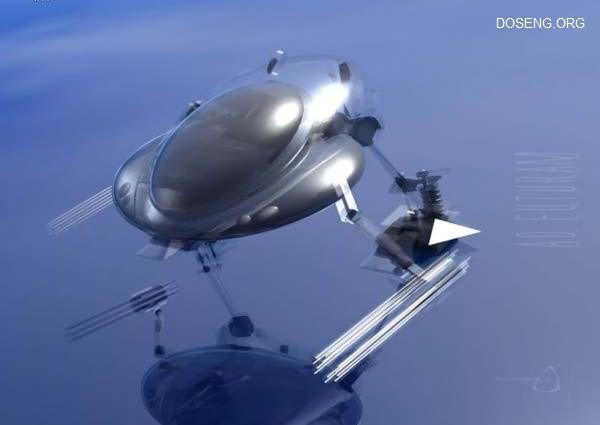
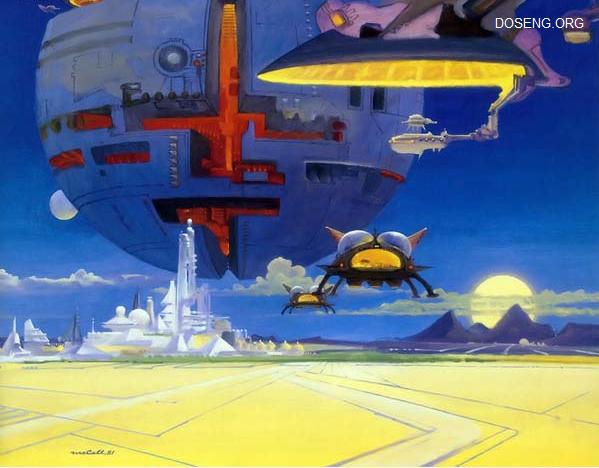
A) The latest core technologies, ie, revolutionary technology, based on the application of which can be fundamentally changed the development of society and form the basis of, -
1. ELECTRONIC AND COMPUTER
eleven. Microelectronics
12. Terabit memory
13. Superconducting devices
14. Super-smart chips
15. Self-replicating chips
16. Optical electronics, including - terabit optical storage device; terabit optical communication devices; elements and components of optical computers and control systems at various levels on the basis of optical terabit memory;
1.7. Bioelectronics, including - biosensors; bio-computer;
18. The equipment of information systems, including - the super computer parallel action; neuro-computer;
19. Software, including - a system of automatic translation; Reality simulation system (VIRTUAL REALITY SYSTEMS); self-replenishing database;

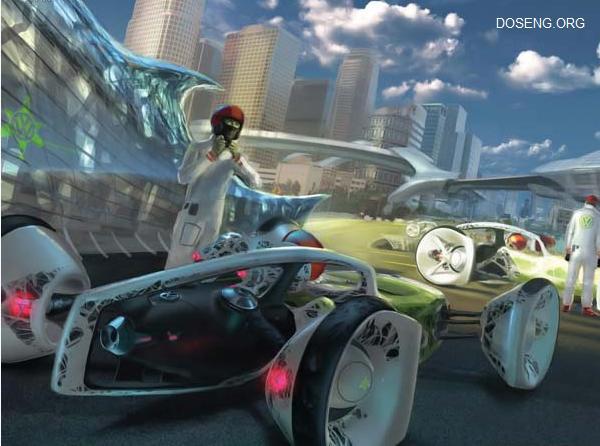
2. NEW MATERIALS
2.1. Ceramics, including - superconductor (the coil has superconducting properties at high temperatures); teploprovodniki- superconductor nanocomposites based on natural and artificial diamonds; gas turbines and engines, by using ceramic materials; new types of glass (non-linear optical glass); new types of coatings on glass and ceramics, significantly altering their properties;
2.2. Semiconductors, including - optical integrated circuit; semiconductors with superlattices;
2.3. Metals, including - amorphous alloys; alloys with hydrogen absorbed; magnetic materials;
2.4. Organic materials, including - organic nonlinear optoelectronic elements; memory based on the optical burning of holes; Molecular Devices; molecular thermoplastic composite materials;
2.5. Composite materials, including, - high quality plastic with carbon fiber reinforcement; high-quality metal composite materials; high-quality ceramic composites; Composites high type- karbon- carbon (carbon-carbon, modified graphite, pyrolised, with graphite, pyrolised with multistage graphite with an electrochemically activated graphite, in a flexible or elastic viscose based electrochemical activation followed after coating the matrix viscose pyrolised graphite) < br />
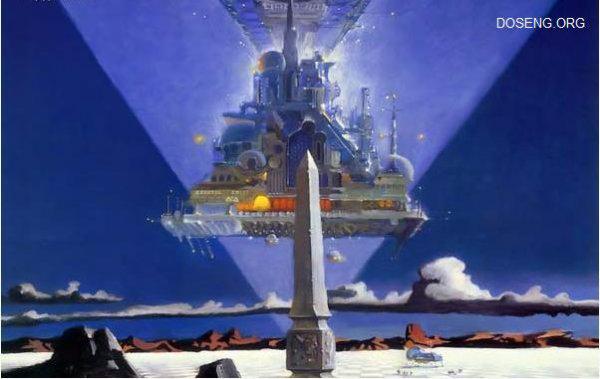
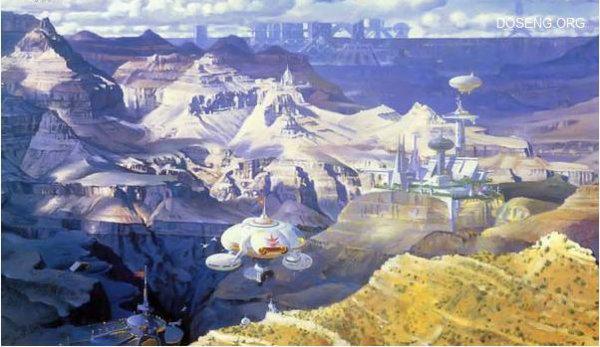

3. Life sciences
3.1. New types of medications, including - drugs for treatment (prevention) tumor diseases; drugs for the treatment (prophylaxis) of senile dementia; drugs for the treatment (prophylaxis) of diseases of the immune system and allergies;
3.2. Using physical characteristics of a person, including - a bank of bone marrow; bioenergy;
3.3. Production of artificial biological objects, including, - artificial organs; artificial enzymes and membranes.
B) Basic technologies to ensure production activities, ie technology and integrated combination of technologies that provide the industry's competitiveness in the global market.
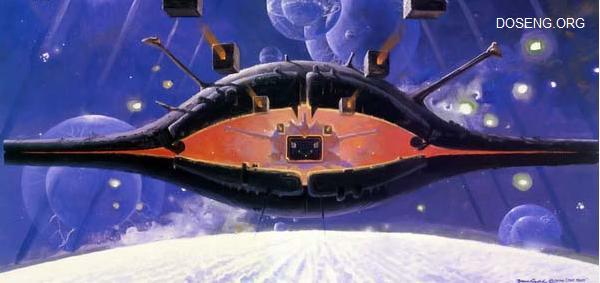
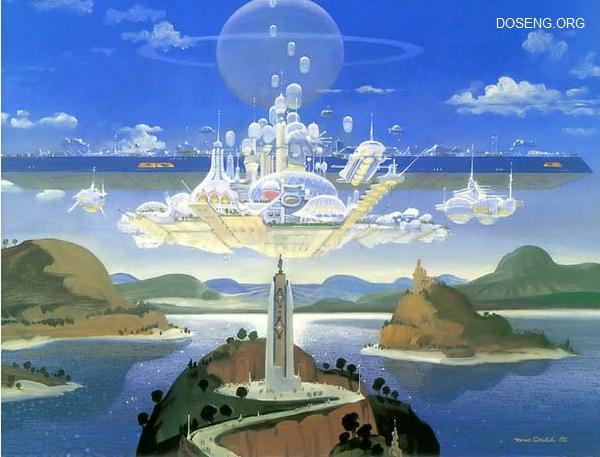
4. ENERGY
4.1. Energy technologies, including - fuel cells; solar energy; alternative gasoline-water emulsions; small-sized light water reactors, has its own resistance; nuclear fusion reactors; High reactors multipliers;
4.2. Technologies to improve energy efficiency, including - high refrigeration systems and heat pumps; Superconducting power capacitors;

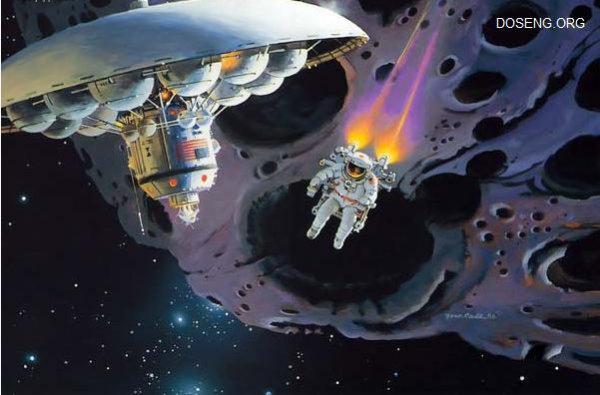
5. AUTOMATION
5.1. Robotics, including - robots with artificial intelligence; device to work with micro-objects;
5.2. Technologies for processing equipment, including - machines with artificial intelligence and computer numerical control; complex machining centers; high precision machinery processing;
5.3. Technology CAD / CAM, - the computerized design and manufacturing, including - computerized design with artificial intelligence; modeling products;
5.4. Technology CIM / HIM (integrated complex and highly integrated production), including, - stand-alone systems with distributed control; integrated manufacturing equipment.
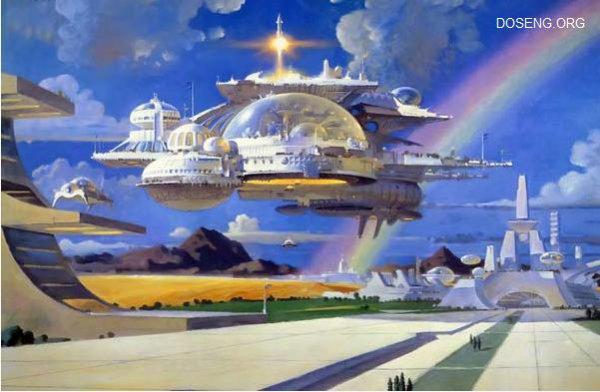
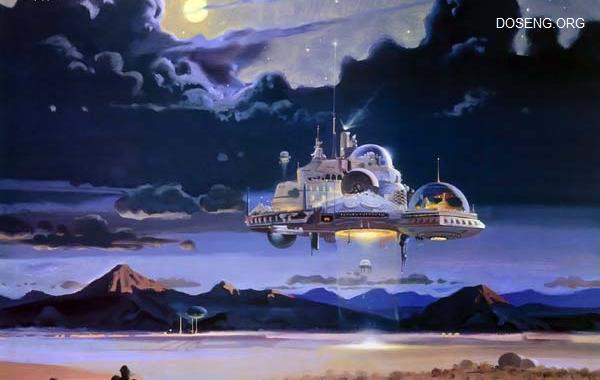
B) Socio-important basic technology, that is technology helping to raise living standards.
6. US
6.1. Satellite and mobile communication systems, including - personal means of communication; data networks based on ultra low earth stations (VSAT) and satellite;
6.2. Image transfer, including - a high resolution television (HDTV); cable television systems for satellite communications, radio transmission (CS / DC-CATV);
6.3. The multi-channel communications, including - of television conference; videophones;
6.4. Development of communication networks, including - switches broadband integrated digital communication network (ISDN); optical subscriber system communication; local optical network;


7. TRANSPORT
7.1. Rail transport, including - means of transport with linear motor, operating on the principle of superconductivity. Means of transport a new generation linear motor, operating on the principle of superconductivity at high temperatures; High-speed ground transport with linear motor (HSST); advanced train control system (ATCS); bimodal system (through-traffic system);
7.2. Production technology vehicles, including - a new generation of vehicles (with the combined engines with engines operating on gasoline and water emulsions or diesel oil and water); vehicles with alternative energy sources (electric); the revolutionary technology of production of cars;
7.3. Shipbuilding, including - techno superliner; Court Surface slip; the court with artificial intelligence; akvaroboty;
7.4. Air transport, including - multi-seat passenger planes; hypersonic transport planes; compact propeller aircraft with vertical takeoff and landing;
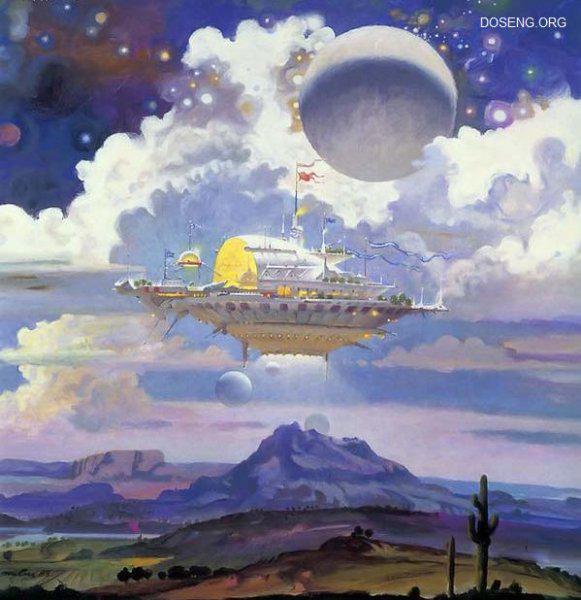
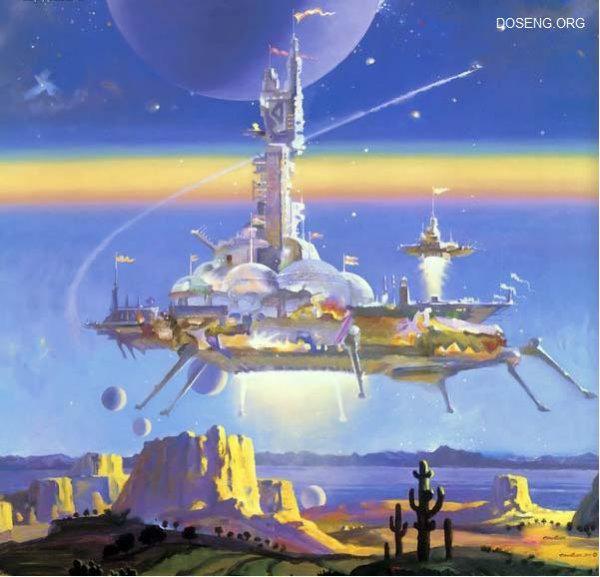
8. USE OF SPACE
8.1. Technology of space exploration, including - underground facilities for experiments in conditions of weightlessness; research base on the moon's surface; Catapult with linear motor;
8.2. Surface Technology, including - sverhneboskrёbov structure; extra large air dome; dismantling technology sverhneboskrёbov;
8.3. The use of underground space, including - underground network traffic; construction of underground highways and railways in deep water; underground systems condensation heat;
8.4. The use of the ocean, including - the creation of artificial islands; floating plant; maritime grassland; Marine recreation area.
D) Technology, to combat environmental degradation, the creation of resource industries to create a waste-free production
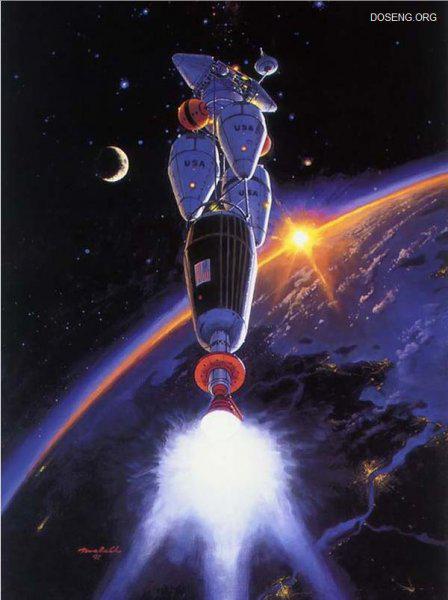

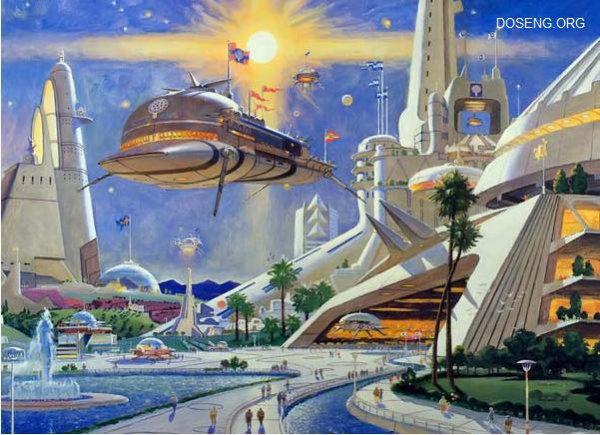
9. ENVIRONMENT.
9.1. Measures related to the general warming of the earth (global warming), including, - Linking of CO2 with a catalyst; Linking CO2 by plants; Linking and processing of CO2;
9.2. The fight against the destruction of the ozone layer, including - replacing Freon gases; Freon recovery technology;
9.3. The fight against waste, including - auto-plastics; underground systems recycling of conventional waste; underground facilities for storing and treating water;
9.4. Technology resource industries
9.5. Technology waste production
9.6. Technology decontamination of infected objects
9.7. Cleaning technology of water environment from radioactive contamination
9.8. Technology PPE from man-made and natural disasters
9.9. Technology PPE from terrorist acts
9.10. Technology disposable PPE by man-made and natural disasters
9.11. Technology disposable PPE by terrorist acts
9.12. Technologies to protect personal property from man-made disasters
9.13. Technologies to protect personal property from natural disasters
9.14. Technologies of alternative sources of energy for individual housing in case of emergencies
9.15. Technology for production of synthetic water from the air
David I. Livshits, USA ©
Selected four groups of core technologies that will define the nature and the development of mankind in the 21st century:


A) The latest core technologies, ie, revolutionary technology, based on the application of which can be fundamentally changed the development of society and form the basis of, -
1. ELECTRONIC AND COMPUTER
eleven. Microelectronics
12. Terabit memory
13. Superconducting devices
14. Super-smart chips
15. Self-replicating chips
16. Optical electronics, including - terabit optical storage device; terabit optical communication devices; elements and components of optical computers and control systems at various levels on the basis of optical terabit memory;
1.7. Bioelectronics, including - biosensors; bio-computer;
18. The equipment of information systems, including - the super computer parallel action; neuro-computer;
19. Software, including - a system of automatic translation; Reality simulation system (VIRTUAL REALITY SYSTEMS); self-replenishing database;


2. NEW MATERIALS
2.1. Ceramics, including - superconductor (the coil has superconducting properties at high temperatures); teploprovodniki- superconductor nanocomposites based on natural and artificial diamonds; gas turbines and engines, by using ceramic materials; new types of glass (non-linear optical glass); new types of coatings on glass and ceramics, significantly altering their properties;
2.2. Semiconductors, including - optical integrated circuit; semiconductors with superlattices;
2.3. Metals, including - amorphous alloys; alloys with hydrogen absorbed; magnetic materials;
2.4. Organic materials, including - organic nonlinear optoelectronic elements; memory based on the optical burning of holes; Molecular Devices; molecular thermoplastic composite materials;
2.5. Composite materials, including, - high quality plastic with carbon fiber reinforcement; high-quality metal composite materials; high-quality ceramic composites; Composites high type- karbon- carbon (carbon-carbon, modified graphite, pyrolised, with graphite, pyrolised with multistage graphite with an electrochemically activated graphite, in a flexible or elastic viscose based electrochemical activation followed after coating the matrix viscose pyrolised graphite) < br />



3. Life sciences
3.1. New types of medications, including - drugs for treatment (prevention) tumor diseases; drugs for the treatment (prophylaxis) of senile dementia; drugs for the treatment (prophylaxis) of diseases of the immune system and allergies;
3.2. Using physical characteristics of a person, including - a bank of bone marrow; bioenergy;
3.3. Production of artificial biological objects, including, - artificial organs; artificial enzymes and membranes.
B) Basic technologies to ensure production activities, ie technology and integrated combination of technologies that provide the industry's competitiveness in the global market.


4. ENERGY
4.1. Energy technologies, including - fuel cells; solar energy; alternative gasoline-water emulsions; small-sized light water reactors, has its own resistance; nuclear fusion reactors; High reactors multipliers;
4.2. Technologies to improve energy efficiency, including - high refrigeration systems and heat pumps; Superconducting power capacitors;


5. AUTOMATION
5.1. Robotics, including - robots with artificial intelligence; device to work with micro-objects;
5.2. Technologies for processing equipment, including - machines with artificial intelligence and computer numerical control; complex machining centers; high precision machinery processing;
5.3. Technology CAD / CAM, - the computerized design and manufacturing, including - computerized design with artificial intelligence; modeling products;
5.4. Technology CIM / HIM (integrated complex and highly integrated production), including, - stand-alone systems with distributed control; integrated manufacturing equipment.


B) Socio-important basic technology, that is technology helping to raise living standards.
6. US
6.1. Satellite and mobile communication systems, including - personal means of communication; data networks based on ultra low earth stations (VSAT) and satellite;
6.2. Image transfer, including - a high resolution television (HDTV); cable television systems for satellite communications, radio transmission (CS / DC-CATV);
6.3. The multi-channel communications, including - of television conference; videophones;
6.4. Development of communication networks, including - switches broadband integrated digital communication network (ISDN); optical subscriber system communication; local optical network;


7. TRANSPORT
7.1. Rail transport, including - means of transport with linear motor, operating on the principle of superconductivity. Means of transport a new generation linear motor, operating on the principle of superconductivity at high temperatures; High-speed ground transport with linear motor (HSST); advanced train control system (ATCS); bimodal system (through-traffic system);
7.2. Production technology vehicles, including - a new generation of vehicles (with the combined engines with engines operating on gasoline and water emulsions or diesel oil and water); vehicles with alternative energy sources (electric); the revolutionary technology of production of cars;
7.3. Shipbuilding, including - techno superliner; Court Surface slip; the court with artificial intelligence; akvaroboty;
7.4. Air transport, including - multi-seat passenger planes; hypersonic transport planes; compact propeller aircraft with vertical takeoff and landing;


8. USE OF SPACE
8.1. Technology of space exploration, including - underground facilities for experiments in conditions of weightlessness; research base on the moon's surface; Catapult with linear motor;
8.2. Surface Technology, including - sverhneboskrёbov structure; extra large air dome; dismantling technology sverhneboskrёbov;
8.3. The use of underground space, including - underground network traffic; construction of underground highways and railways in deep water; underground systems condensation heat;
8.4. The use of the ocean, including - the creation of artificial islands; floating plant; maritime grassland; Marine recreation area.
D) Technology, to combat environmental degradation, the creation of resource industries to create a waste-free production



9. ENVIRONMENT.
9.1. Measures related to the general warming of the earth (global warming), including, - Linking of CO2 with a catalyst; Linking CO2 by plants; Linking and processing of CO2;
9.2. The fight against the destruction of the ozone layer, including - replacing Freon gases; Freon recovery technology;
9.3. The fight against waste, including - auto-plastics; underground systems recycling of conventional waste; underground facilities for storing and treating water;
9.4. Technology resource industries
9.5. Technology waste production
9.6. Technology decontamination of infected objects
9.7. Cleaning technology of water environment from radioactive contamination
9.8. Technology PPE from man-made and natural disasters
9.9. Technology PPE from terrorist acts
9.10. Technology disposable PPE by man-made and natural disasters
9.11. Technology disposable PPE by terrorist acts
9.12. Technologies to protect personal property from man-made disasters
9.13. Technologies to protect personal property from natural disasters
9.14. Technologies of alternative sources of energy for individual housing in case of emergencies
9.15. Technology for production of synthetic water from the air
David I. Livshits, USA ©







